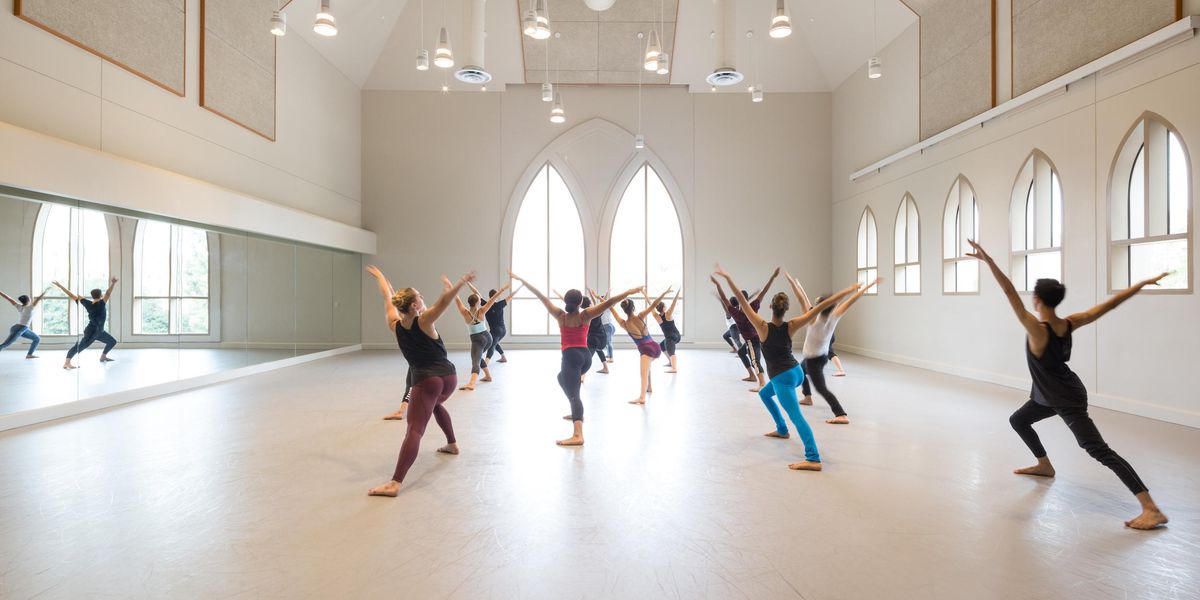Your Guide to Producing Your Own Choreography
Unless you’re working from within an established company, most aspiring choreographers would agree that the most difficult part of making work happens outside of the studio. You might have a fantastic concept, great dancers and strong compositional chops, but getting your choreography to the stage requires serious practical know-how. Luckily, the pages of Dance Magazine are full of expert advice to help you plan your next move.
Research opportunities to present.
Festivals, emerging choreographers series, choreography competitions and dance collectives are just a few places to start. Do your homework to figure out where your work fits into your local dance scene so you can make an informed decision about where it is appropriate to apply. Look at the artists who have previously shown their choreography and get a sense of how your voice might resonate with the presenter so you can tailor your application accordingly. Choreographic residencies, while more difficult to come by, are also excellent places to develop your craft while creating and performing.
Broadway Connection co-founder Jennifer Jancuska was able to perform her own choreography in BC Beat. Photo by Travis Magee, courtesy Jancuska.
Take it into your own hands.
Self-producing
requires diligence, teamwork and a lot of logistical planning—everything that goes into making a show happen, from securing a venue to marketing, falls to the choreographer. However, it also means that you can tailor the presentation of your choreography to your needs and artistic vision, and the challenges may make for a more satisfying end product.
Funding.
Regardless of whether you’re being presented at a festival or producing your own evening of work, you’re going to need some financial backing. Applying for grants is time-consuming, but the investment is more than worth it—plus, being selected to receive a grant will help you make your case to future donors. Crowdfunding can help get you off the ground on a new project or to cover unexpected expenses. And approaching potential individual donors, while intimidating, is key.
Talk to your dancers about compensation.
Dancers are notorious for being shy when it comes to addressing compensation, so be up front with your collaborators. If you’re able to budget for their pay, make sure they’re aware of how much is being promised and what rehearsal and performance responsibilities are expected in return. If you can’t afford to pay your dancers, get creative: lead a warm-up at the beginning of the rehearsal so they don’t have to pay for class that day or offer free cross-training sessions if you’re certified to teach Pilates or yoga.
Get feedback.
Don’t try to create in a vacuum. Mentors are extremely useful in bringing an outside eye to what you’re doing and can open up facets of your choreography that you might not have seen on your own. A second opinion will help to make sure that when your work does make it onstage, it’s the best it can be.
Look ahead.
If you ever want to start your own company, the skills you develop in this early phase of presenting your work will be crucial. And if that isn’t interesting to you at this juncture, hold on to what you glean from both your mistakes and your successes—the next time you want to present, you’ll be wiser and more prepared.




